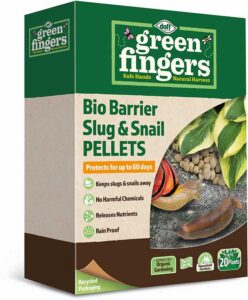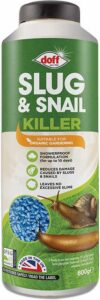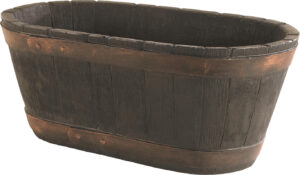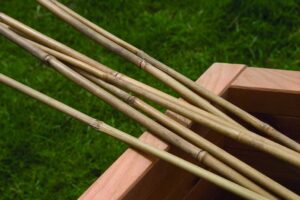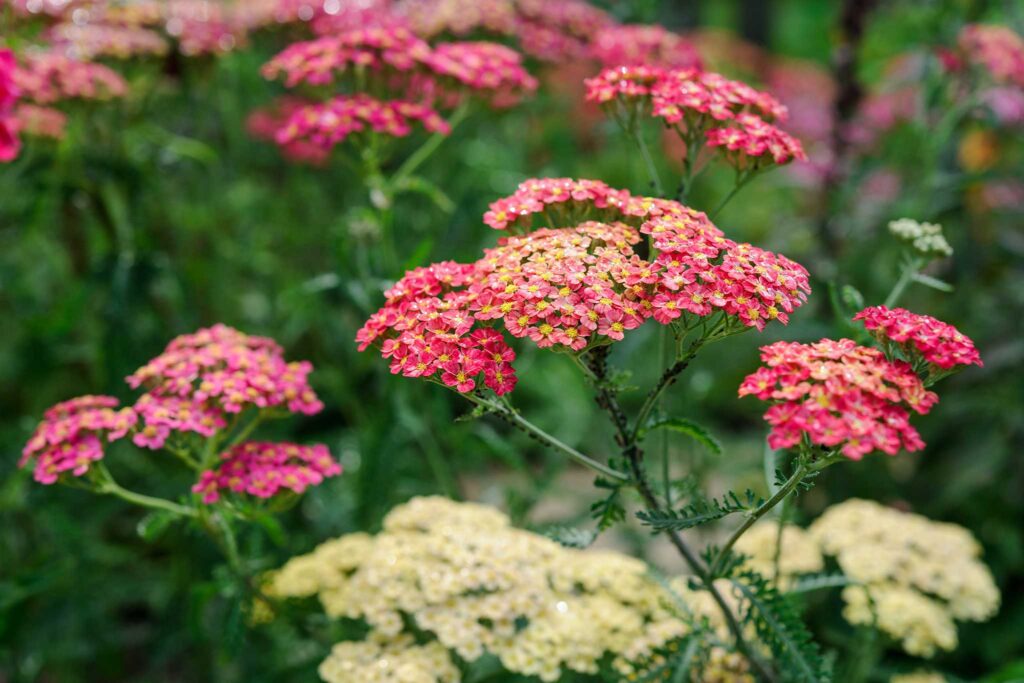
It's Easy To Get Growing: Herbaceous Perennials
Herbaceous perennials are the basis of beds and borders, adding wonderful colour bursts in addition to form and structure.
How To Get Growing..
Because there are so many options, you can essentially guarantee that there will be colour throughout the year. There are low-growing varieties that are essential for providing ground cover, as well as tall, imposing varieties like Lupins and Delphiniums that offer excellent structure and eye-catching focal points.
The initial step is to choose plants that thrive in your garden, but taking extra care and attention during planting can result in greater yields over time. Although Spring and Autumn are thought to be the best periods to plant, Perennials grown in containers can be planted any time of the year; just be sure to maintain and water them in dry weather.
Step By Step Guide To Planting..
- Make sure the soil has been adequately prepared by adding a lot of planting compost as well as removing all perennial weeds.
- Make sure the soil is loose for the roots to grow out.
- Before planting, give the plants a water soak.
- If needed, carefully remove some roots from the root ball of potted plants that appear to be pot-bound.
- Use a trowel to plant, then use your hands to gently tamp down the earth around the plants.
- Herbaceous perennials perform best when placed in groups of three or five in broad borders.
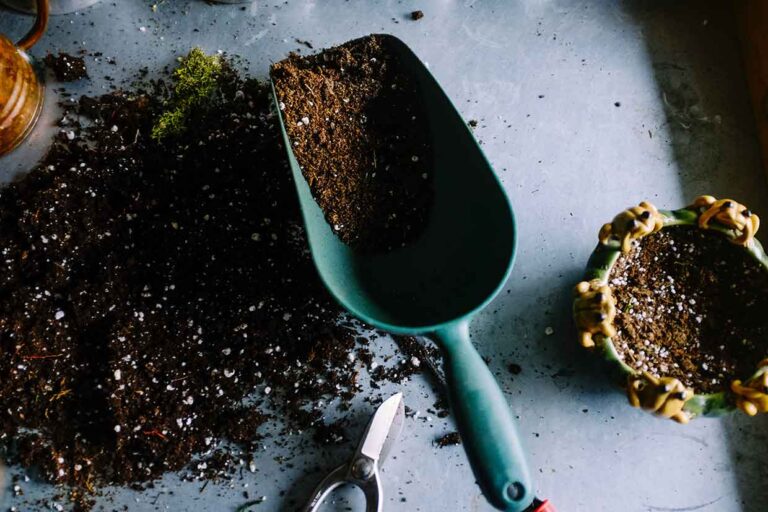
Maintaining Your Herbaceous Perennials
Applying mulch in the Spring will help in minimising weed growth and maintaining soil moisture, which is essential for plants like Hostas and Hellebores that need a cold, damp root run.
Peonies, Delphiniums, and other taller perennials with heavy bloom heads typically require staking, especially in exposed regions. For the supports to be rapidly concealed by the vegetation, they should be planted in the Spring. Additionally, subsequent installation is more challenging, and some damage might already have been done.
Act early in the Spring to prevent damage as young spring growth is prone to slugs and snails. Hostas, for example, are frequently attacked both as the new shoots appear and while they are still buried beneath the soil.
Get rid of all weeds and keep them under control – apart from being unappealing weeds compete with plants for necessities like food, water, light, and space.
And Finally..
Cut back dead and dying foliage and flower stems in the autumn unless you intend to use them for winter effects, such as sedum or ornamental grass flower heads. Cutting down is best avoided until spring in regions with colder temperatures and with plants that aren’t fully hardy because the top growth offers some shelter from the cold.

